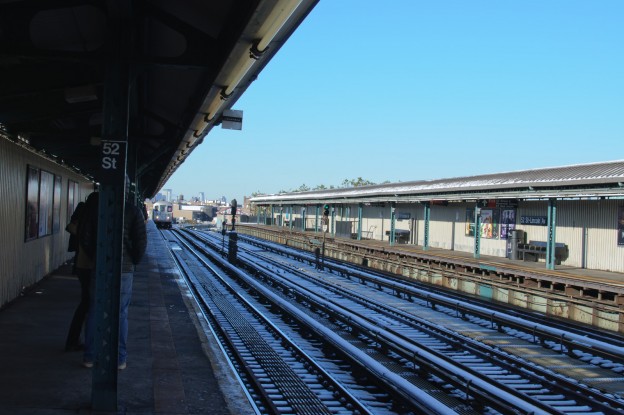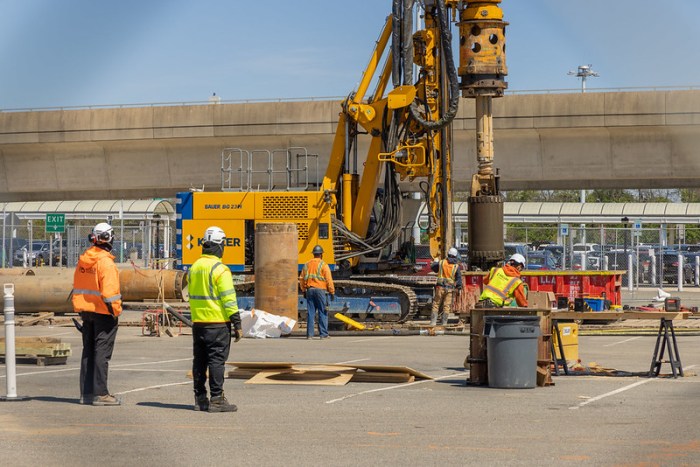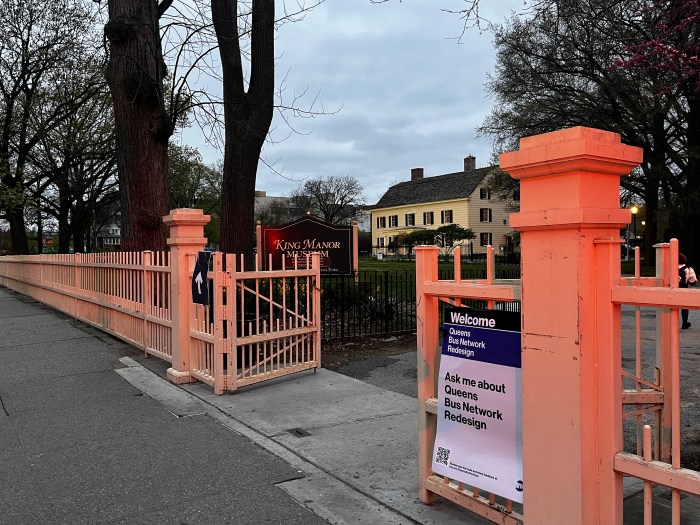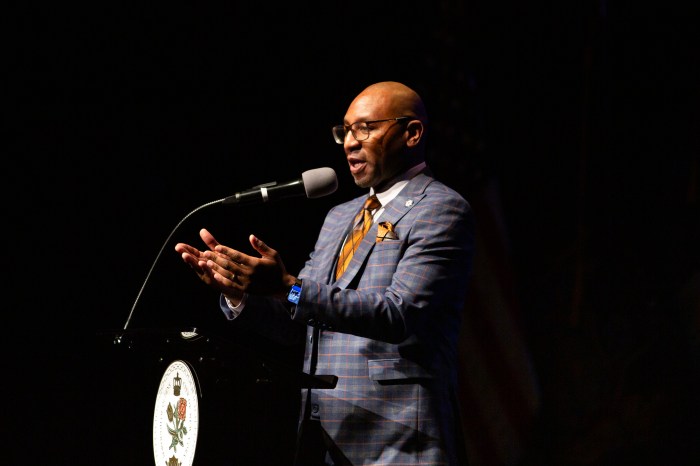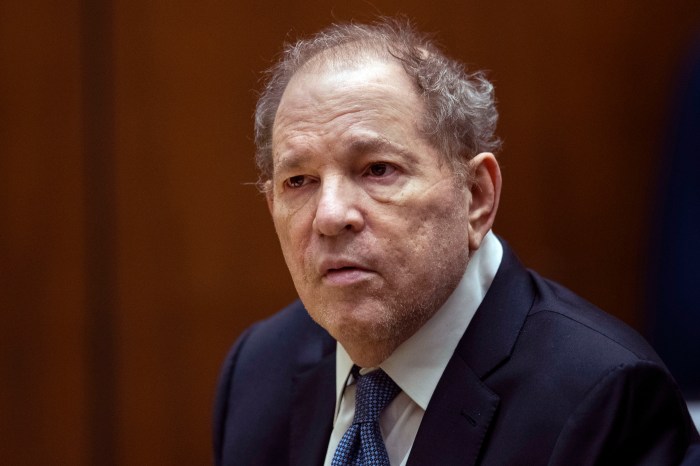Updated 5:02 p.m.
More than a dozen subway stations across Queens are falling apart, according to a report from the nonprofit Citizens Budget Commission (CBC).
The 52nd Street stop on the 7 line in Woodside leads the list, as 79 percent of the components within the station itself were rated by the MTA as not being in a state of good repair.
It was one of 16 Queens train stations which had 50 percent or more of its components — such as painting, tile, stairwells and platform edges — in a deteriorated condition, the CBC found.
The report, titled “Sisyphus and Subway Stations,” examined conditions at subway stations across the city and recommended ways to improve the conditions, as described by the MTA.
The report included data from the MTA’s own station evaluations conducted upon completion of its 2010-14 capital plan, in which individual components are rated 1 through 5, with the higher scores indicating worse conditions. At 52nd Street, according to report author Jameson Dague, eight components had ratings between 4 and 5; conditions with a rating at or close to 5 require the MTA to make immediate improvements.
Along with 52nd Street, three other stops on the 7 line ranked in the top 10 of crumbling Queens train stations: 103rd Street-Corona Plaza (with 68 percent of components not in a state of good repair), 111th Street (66 percent) and Woodside-61st Street (64 percent).
Four stops on the N and Q lines in Astoria also ranked among the worst in Queens: 30th Avenue (72 percent), 36th Avenue (67 percent), Astoria Boulevard (66 percent) and 39th Avenue (64 percent). Two stations on the J/Z line in Woodhaven — 85th Street-Forest Parkway (74 percent) and Woodhaven Boulevard (67 percent) — rounded out the top 10 list.
During the last capital plan, the MTA embarked on a “station renewal” program that brought much-needed aesthetic and structural improvements to some of the most deteriorated stations in the subway system. The program included repairs at the Fresh Pond Road, Forest Avenue and Seneca Avenue stations on the M line in Ridgewood and the 88th Street, Rockaway Boulevard, 104th Street and 111th Street stations on the A line in Ozone Park.
But the MTA currently repairs 280 station components per year, a pace that the commission claims is not keeping up with the rate of depreciation and causing a work backlog. Further complicating matters, the report noted, is the yet-to-be resolved $15 billion budget gap in the MTA’s 2015-19 capital plan. According to the MTA, $3 billion of the total $32 billion capital plan is devoted to station improvements.
The commission offered a list of recommendations to expedite station improvements, such as shifting resources away from more ambitious expansion projects outlined in the capital plan, instituting greater oversight on projects to prevent cost overruns and exploring partnerships with the private sector to inject additional capital toward station repairs.
An MTA spokesperson told The Courier in a statement that, while the CBC’s analysis is appreciated, the authority disagrees with the commission’s “recommendation to reduce spending on expansion projects.”
“We are pursuing opportunities to squeeze costs from our 2015-19 capital program by using negotiated and other innovative procurement methods,” the spokesperson said. “At a time when growing ridership is leading to crowding and delays, we must pursue expansion projects that will accommodate more customers as well as provide new connections and opportunities for our customers.”
The MTA added that it is in the process of completing “design work” for improving stations on the N and Q line in Astoria.
Click here for an interactive subway station map from the report.

